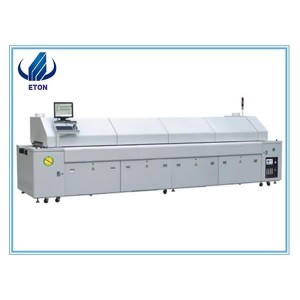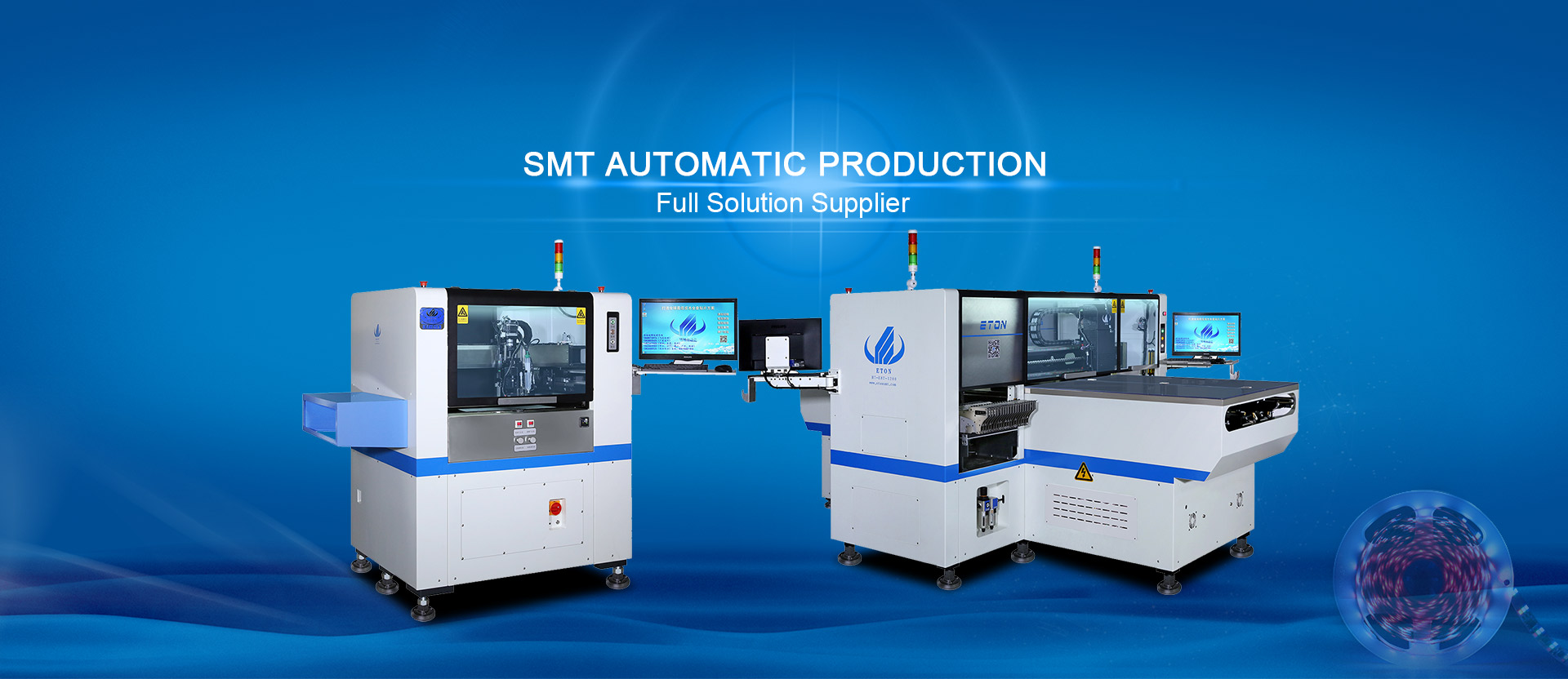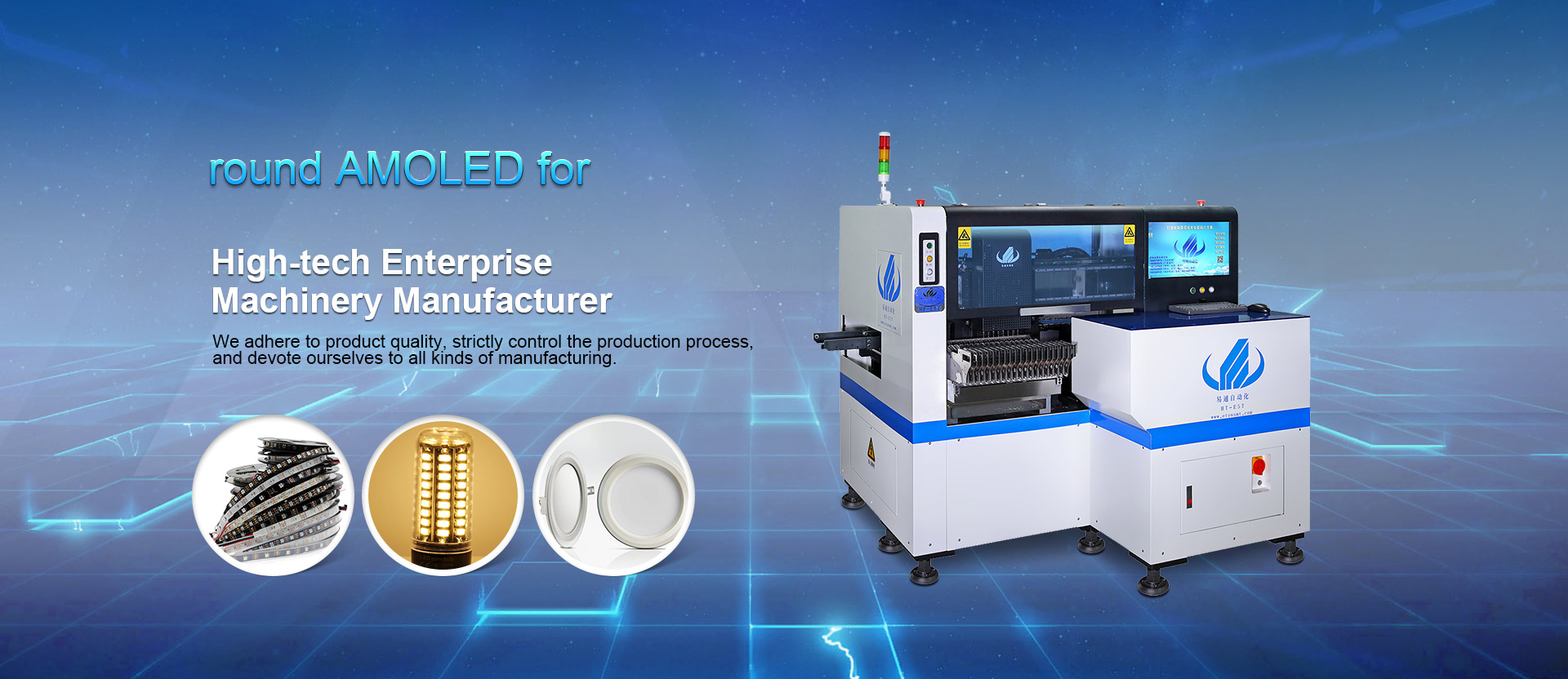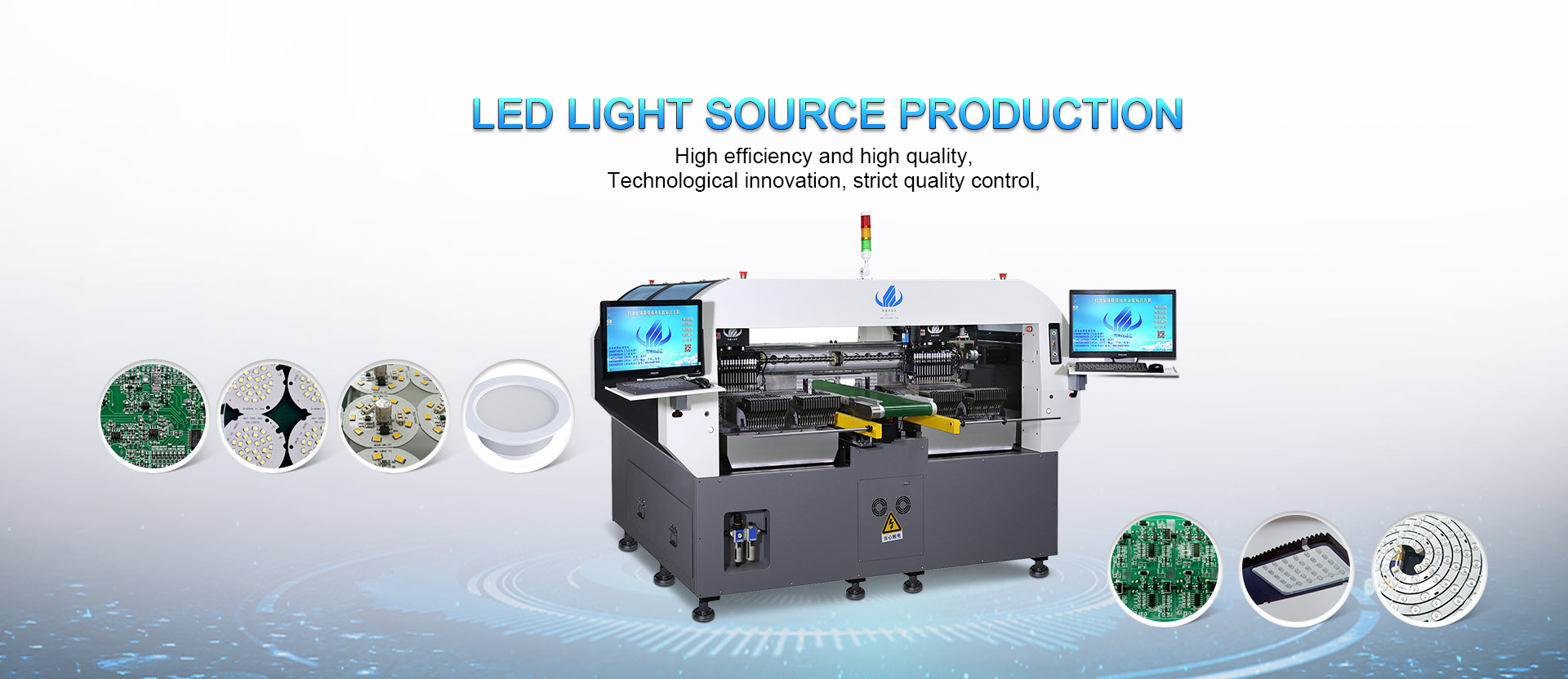The 2108 also offers three inputs per channel to support the connection of multiple turntables with customizable "personality cards" that can be tailored to meet the resistive and capacitive loading needs to match specific phono cartridges.
GIGABYTE integrated support for connecting RGB and single color LED strips directly into the board using the RGB LED and single color LED headers located in the upper left and lower right quadrants of the board. The 5-pin RGBW header in the upper left of the board supports standard RGB and RGBW LED strips while the 3-pin LED header supports single color LED strips. The jumper just above the 3-pin LED header controls the voltage supplied to the LED headers, supporting both 5V and 12V strips. Connecting an RGB LED strip to any of the headers synchronizes the strip color and activity with that of the motherboard's integrated LEDs. The board is shown with an external RGB strip connected to the header in the board's upper left quadrant. Notice that the board has multiple integrated RGB zones (in addition to the RGB header) - in the rear panel cover, around the CPU VRM heat sinks, integrated into the underside of the board's audio separator line, in the Z370 chipset, in between the DIMM slots, and in the strip along the lower edge of the board by the DIMM slots. The board is pictured with both the default strip element and the custom strip element installed below the DIMM slots.
You have activated your account, please feel free to browse our exclusive contests, videos and content.
The RTC used for the calculation is one of the best parts out there (typical RTCs in MCUs take 500nA or more), it only runs for slightly longer than a year. Not for a decade and especially not for decades. And this does not even account for self-discharge.

The value of things vintage watch has skyrocketed in recent years. I cannot even buy late 40’s Bulova movements without paying about 4x what I had 7 or 8 years ago. Similarly, digital watches are on the verge of mass-interest by the greater watch community. According to Tibi:
Would you believe that you can take a cheap 3D printer and easily convert it into a full function pick and place machine to help assemble your PCBs? No? Well good, because you can’t. A real pick and place needs all kinds of sensors and logic to identify parts, rotate them, make sure everything is aligned, etc, etc. There’s no way you could just bolt all that onto a cheap 3D printer, and let’s not even talk about the lack of closed loop control.
The expansion header includes four GPIO pins that can be controlled from the BASIC Interpreter. There are pins for I2C and UART serial broken out. The header is also used to program the badge. If you have a PICKIT, please bring it along to Supercon. You should also bring a USB to serial cable if you have one. (Not like you were going to leave home without it, right?)
"In the documentation, AMD officially recommends against this by default, and I can speak for Intel that our position is that as well: this really must not be on by default," he said. "...Using these tools much more surgically is fine, if a paranoid task wants it for example, or when you know you are doing a hard core security transition. But always on? Yikes." ®

Having the right surface-mount-technology (SMT) equipment is essential for Kimchuk to produce high-quality PCBs used in electromechanical products for the U.S. military and many large companies in the nuclear energy, medical, telecom and security industries. For this reason, Kimchuk recently installed two KE-2080E SMT placement machines and a FX-3 chip shooter. All models are made by Juki Automation Systems.
Nevertheless, as this is sample code provided by the chip manufacturer, it is a kind of official (software) documentation, like the reference manual, and for that matter, this specific example is referenced in the “STM32 cross-series timer overview” application note that can be easily found after some web searches. But that said, I prefer not to coldly patronize about attitudes, even “Eureka!” moments for wheel-reinventing.
In small volumes, usually with good old tweezers. You do not want to use the ones in the bathroom vanity, as solder paste usually has lead in it and you don’t want to make anyone angry or poisoned. Get a nice set of very fine tipped tweezers.
Another way to get the benefits of scaling is by integrating multiple and different dies in an advanced package, sometimes called heterogenous integration. 2.5D/3D, fan-out and system-in-packages (SiPs) are examples of heterogeneous integration in packaging. The chiplets approach is another option.
AMD’s Ryzen 2 chips are topping 5.8GHz when overclocked | Smt Chip Shooter Related Video:
Our pursuit and company goal is to "Always satisfy our customer requirements". We continue to develop and design superior quality products for both our old and new customers and achieve a win-win prospect for our clients as well as us for Full Automatic Smt Stencil Printer , Automatic Smt Led Placement Machine , Inline Smt Pick Place Machine , Customer's satisfaction is always our quest, creating value for customers is always our duty, a long term mutual-beneficial business relationship is what we are doing for. We are an absolutely reliable partner for you in China. Of course, other services, like consulting, can be offered too.



